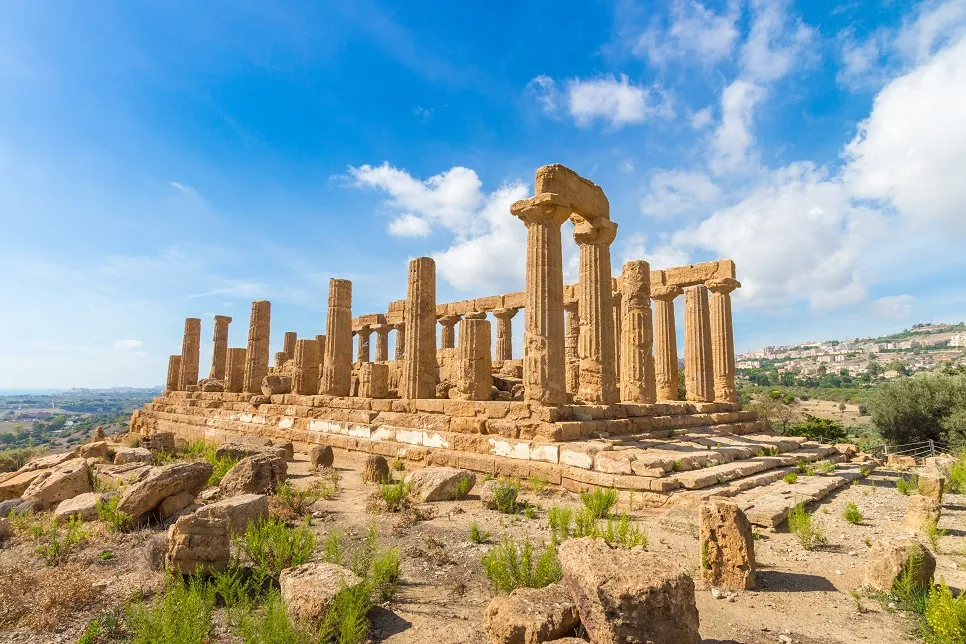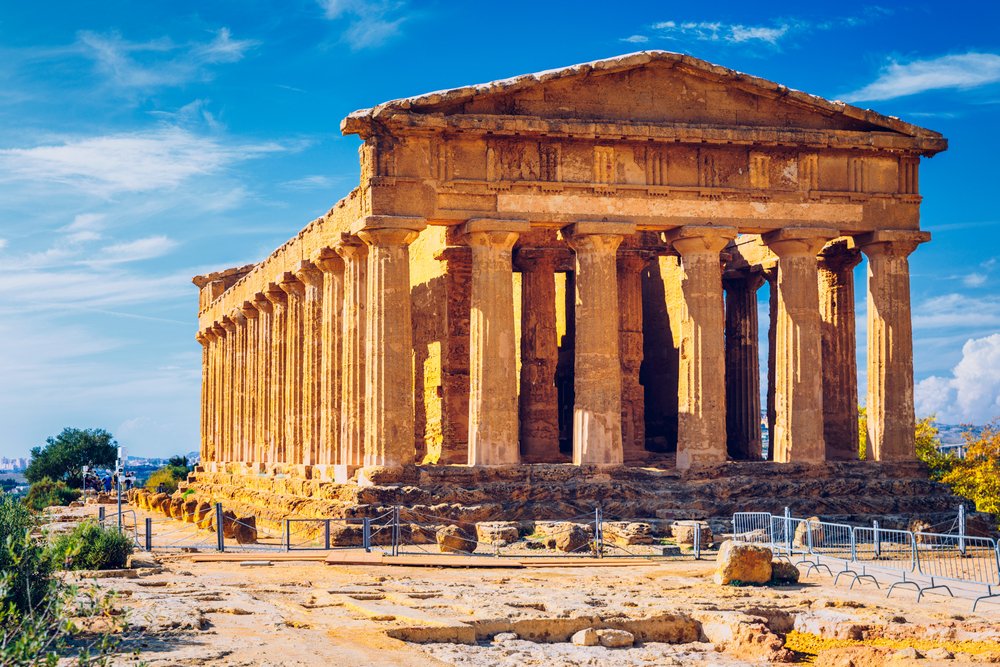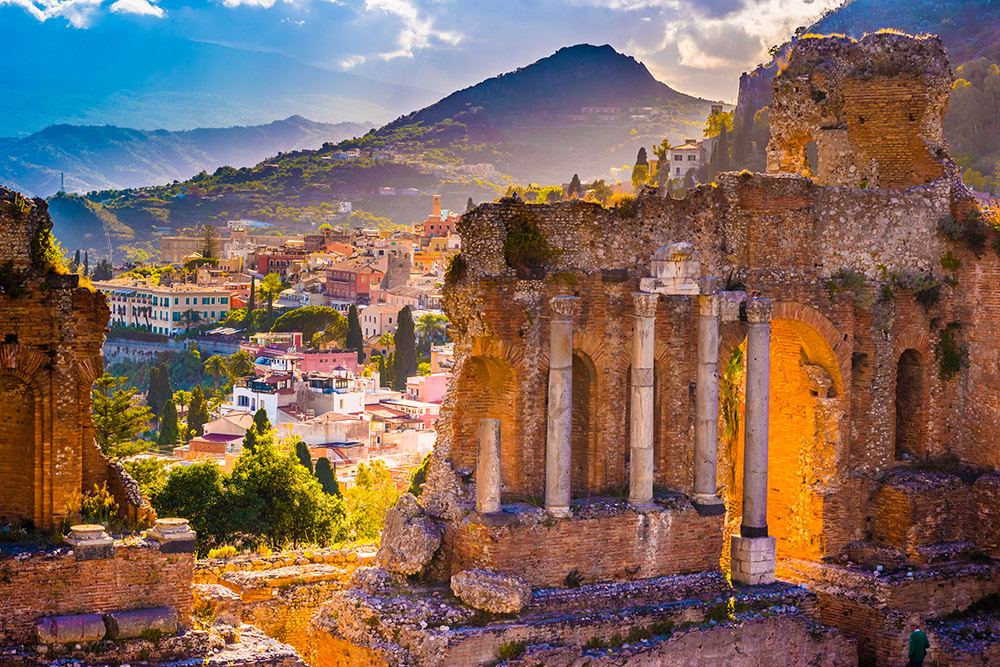“Ancient Sicily: Crossroads of Civilizations in the Mediterranean”

Introduction: Sicily’s Strategic and Cultural Importance
Ancient Sicily, the largest island in the Mediterranean Sea, has long been a crucible of diverse cultures and civilizations due to its strategic location between Europe and Africa. For millennia, it served as a vital hub for trade, warfare, and cultural exchange. From the indigenous Sicani and Elymians to the powerful Greeks, Phoenicians, Romans, and later Byzantines and Arabs, Sicily’s ancient history reflects a mosaic of influences that shaped its unique identity and left a lasting legacy.
The Earliest Inhabitants: Indigenous Peoples
Before the arrival of external civilizations, Sicily was home to several indigenous groups, chiefly the Sicani, considered among the island’s earliest inhabitants, and the Elymians in the west. These peoples lived primarily as agriculturalists and fishermen, developing their own distinct languages and customs. Archaeological evidence from sites like Pantalica shows early settlements and complex social structures.
Phoenician and Greek Colonization
Starting around the 9th century BCE, Phoenician traders established colonies along Sicily’s coasts, most notably in cities like Motya and Panormus (modern Palermo). These colonies became prosperous trading centers connecting Sicily to the wider Mediterranean network.
Soon after, from the 8th century BCE onward, Greek colonists arrived in waves, founding influential city-states such as Syracuse, Agrigento (Akragas), and Selinunte. Greek Sicily flourished culturally and economically, becoming a beacon of art, philosophy, and architecture. The island was dotted with magnificent temples, theaters, and public spaces, many ruins of which still captivate visitors today.
The Greeks and Phoenicians frequently clashed over territory, but also influenced one another’s cultures and economies. Sicily’s fertile land and natural harbors made it a coveted prize for both.
The Carthaginian Presence and Conflicts
By the 6th century BCE, Carthage, the powerful Phoenician-descended empire centered in North Africa, had asserted control over parts of western Sicily. The island became a major theater for the rivalry between Carthage and the Greek city-states, culminating in a series of Sicilian Wars. These conflicts shaped the political landscape for centuries, with shifting alliances and battles for supremacy.

Roman Sicily: The First Province
Following the First Punic War (264–241 BCE), Rome wrested control of Sicily from Carthage, making it the empire’s first province. Sicily became Rome’s main grain supplier, critical for feeding the burgeoning population of the capital. The Romans introduced their own administrative systems, roads, and architectural styles, while still adopting many Greek cultural elements.
Roman Sicily was a diverse and prosperous province but also experienced social tensions, including slave revolts such as the famous First Servile War.
Religion and Culture
Ancient Sicily was a melting pot of religious practices. Greek gods like Apollo and Demeter were worshipped alongside Phoenician deities such as Baal Hammon. Indigenous and later Roman beliefs intermingled, resulting in unique syncretic traditions.
The island’s culture is also renowned for its artistic achievements, including exquisite pottery, sculptures, and mosaics. The Greek dramatists Aeschylus and others contributed to a rich theatrical tradition centered in Sicilian cities.
Legacy and Archaeological Wonders
Today, Sicily’s ancient past is visible in its stunning archaeological sites:
- The Valley of the Temples in Agrigento, with some of the best-preserved Greek temples outside Greece.
- The ancient theater of Syracuse, once the largest in the Greek world.
- Ruins of Carthaginian settlements and Roman villas.
These sites provide crucial insights into the island’s role as a cultural crossroads and economic powerhouse in antiquity.

Conclusion: Sicily as a Mediterranean Crossroads
Ancient Sicily’s history is a tale of migration, conquest, and cultural fusion. Its geographic position made it a prize for empires and a meeting place for peoples and ideas. From its indigenous roots through Greek brilliance and Roman governance, Sicily’s ancient era laid the foundation for the island’s rich and diverse heritage—a legacy still palpable in the landscape, culture, and spirit of Sicily today.




